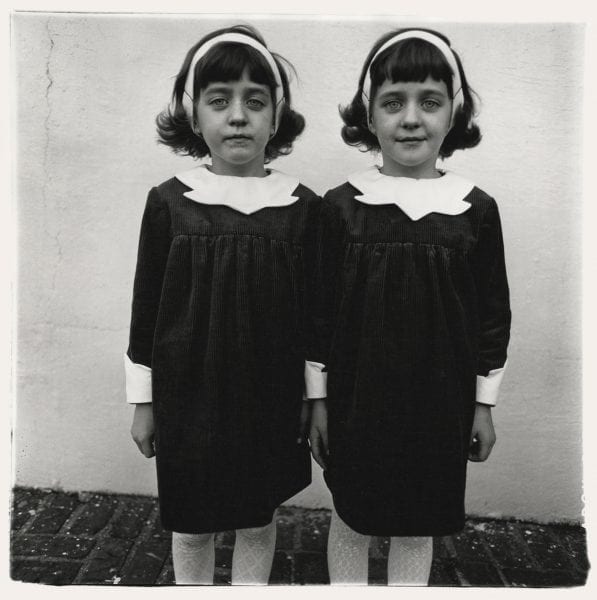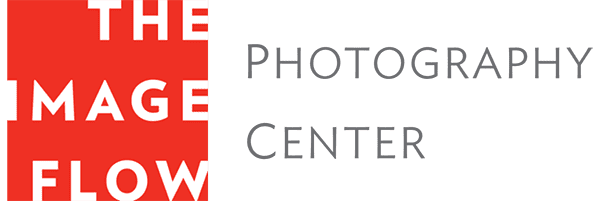
You are invited to join photographer and art historian Jeffrey Martz for a tour through the history of 20th century photography. Using the best possible reproductions, we will see the technologies, practitioners, and key works that made photography central to our story of the world. The series is intended for both the newcomer and the curious expert looking to contribute to the discussion. See you there!

Early 20th century art photography develops under the influence of painting. Practitioners create handmade, subjective images in an effort to advance photography as a legitimate art form. By World War 1 all of this changes with the emergence of photography’s first modern voice. Join photographer and art historian Jeffrey Martz as he introduces photographic revolutionaries like Alfred Stieglitz, Gertrude Käsebier, Paul Strand, Charles Sheeler, and others in an open forum featuring accurate, high-definition reproductions.

A second amateur avante-garde challenges pictorial photography in Europe at the beginning of the 20th century. In the aftermath of the Great War, artists respond with revolutionary photographic work embracing Dada, Surrealism, and Constructivism. The resulting New Vision becomes globally-influential and changes the medium forever. Join photographer and art historian Jeffrey Martz as he shares photographic revolutionaries like László Moholy-Nagy, Florence Henri, Man Ray, Edward Weston, and others in an open forum featuring accurate, high-definition reproductions.

The documentary camera image develops in parallel to art photography in the first decades of the 20th century. Socially-conscious photographers use the objective lens to advocate for political change. Others simply let facts speak untouched by ideology. By the 1930s a generation of photographers will raise this form to a new classicism. Join photographer and art historian Jeffrey Martz as he shares photographic revolutionaries like Lewis Hine, August Sander, Dorothea Lange, Bill Brandt, and others in an open forum featuring accurate, high-definition reproductions.

The urbanization of the west is accompanied by a blossoming mass media. Photography becomes our primary visual source for spreading news, selling products, and creating fantasy. With the emergence of the great picture magazines in the late 1920s, photographs become a daily fixture in the lives of the general public. Join photographer and art historian Jeffrey Martz as he shares photographic revolutionaries like Edward Steichen, Margaret Bourke-White, André Kertész, Henri Cartier-Bresson, and others in an open forum featuring accurate, high-definition reproductions.

Post World War II media photography is dominated by the energy and money of New York City. Photographers working for large publications bring fashion and portrait photography to new heights. Photojournalism enters a golden age with the creation of some of the most memorable and shocking images of the 20th century. Join photographer and art historian Jeffrey Martz as he shares photographic revolutionaries like Irving Penn, W. Eugene Smith, Mary Ellen Mark, Sarah Moon, and others in an open forum featuring accurate, high-definition reproductions.

A warm humanism pervades the post-WWII reportage of many European and American photographers. Simultaneously, the grit and reality of the street emerges as the new avante-garde. By the 1970s, photographers turn the documentary lens on themselves at the frontiers of the personal. Join photographer and art historian Jeffrey Martz as he shares the master photographic works of Helen Levitt, Robert Doisneau, Diane Arbus, Garry Winogrand, Larry Clark, and many others in an open forum featuring accurate, high-definition reproductions.

Art photographers at the end of WWII expand on the earlier New Vision to express their subjective experiences of the world. By the 1960s, an impersonal, objective reaction emerges in the work of the New Topographic movement. Color art photography arrives at this critical moment forging a new vocabulary for the medium. Join photographer and art historian Jeffrey Martz as he shares photographic revolutionaries like Minor White, Josef Sudek, Bernd and Hilla Becher, Stephen Shore, and others in an open forum featuring accurate, high-definition reproductions.

The artistic avant-garde of the 1950s and 1960s bends photography into a multitude of new visual forms. Others embrace the medium to document performances and illustrate ideas at the frontiers of the conceptual. By the late 1970s a new generation of media-saturated image makers turns to appropriation, distortion, and re-photography to expose how we see and challenge all of our shared cultural assumptions about the medium. Join photographer and art historian Jeffrey Martz as he shares photographic revolutionaries like Harry Callahan, Jerry Uelsmann, Ed Ruscha, Martha Rosler, and others in an open forum featuring accurate, high-definition reproductions.

In an era of unprecedented digital communication and image glut, photography has taken center stage as our primary form of language. Photographs crowd our museums, screens, and daily lives. Photographic practice has become global and richly influenced by the entire history of the medium. Join photographer and art historian, Jeffrey Martz as he surveys the world of contemporary photography in a two-part series featuring celebrated image makers of the past 30 years. Our forum will feature accurate, high definition reproductions and interactive dialogue.

Thursday, December 3, 7PM
In an era of unprecedented digital communication and image glut, photography has taken center stage as our primary form of language. Photographs crowd our museums, screens, and daily lives. Photographic practice has become global and richly influenced by the entire history of the medium. Join photographer and art historian, Jeffrey Martz as he surveys the world of contemporary photography in the second part of a two-part series featuring celebrated image makers of the past 30 years. Our forum will feature accurate, high definition reproductions and interactive dialogue.
Presenter Bio: A seasoned traveler and fine art photographer, Jeffrey Martz earned his MFA in photography from Utah State University in 1997. He has taught photography, book-binding, and art history for over 20 years, and currently teaches at Sir Francis Drake High School in San Anselmo, CA.

